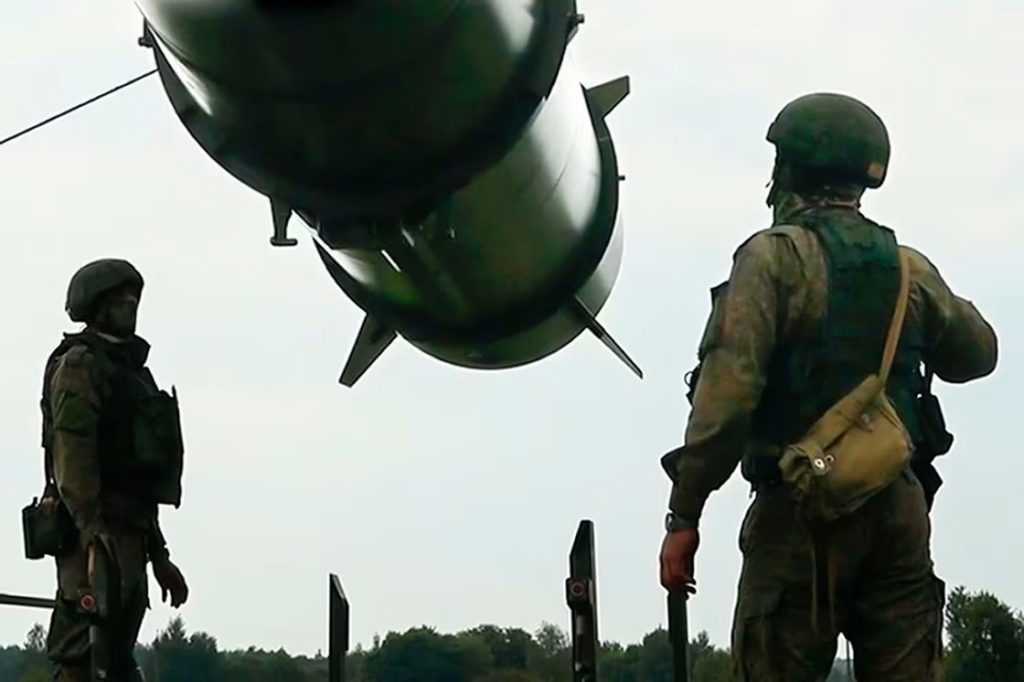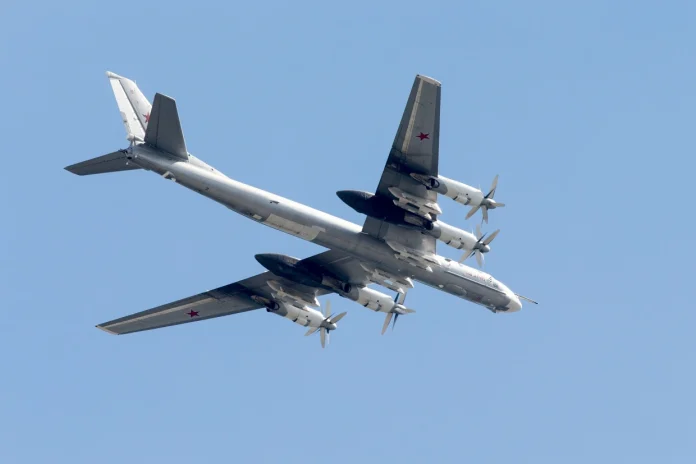According to a new report, Russia’s production of artillery rounds, missiles, and drones has surged since its invasion of Ukraine, and the U.S. and its allies have achieved little with their extensive sanctions campaign.
According to a recent report from the Royal United Services Institute, Western sanctions aimed at undermining Russia’s weapons production have proven ineffective, allowing Moscow to not only sustain but significantly increase its output of critical military hardware essential for its ongoing conflict with Ukraine.
The report highlights that Western efforts to curb Russia’s military-industrial capabilities have been hindered by cautious decision-making and sluggish intelligence sharing among allies. Despite the imposition of numerous sanctions over the past two years targeting Russia’s access to essential components required for weapon manufacturing, Moscow has managed to ramp up production across various categories, including artillery rounds, cruise missiles, ballistic missiles, and drones, particularly following its full-scale invasion of Ukraine in 2022.
Before the invasion, Moscow annually produced 56 Kh-101 cruise missiles in 2021. However, by the following year, this figure had surged to 460 cruise missiles. Similarly, Russia’s stockpile of Iskandr ballistic missiles has seen a dramatic increase, rising from approximately 50 units pre-invasion to 180, despite significant deployments in combat scenarios.
Critical to the production of munitions for missiles and drones are micro-electronics imported from abroad. Despite U.S. and European sanctions targeting these components, Russia has managed to maintain a steady supply, including antennas crucial for glide kits used in bombs, sourced from an Irish company.
The expansion in Russia’s weapons production serves as a stark testament to the ineffectiveness of the extensive sanctions imposed by Western nations. The report concludes that despite concerted efforts by civil servants and political leaders to disrupt Russia’s military-industrial complex, the tangible outcomes have been minimal.
In response to ongoing developments, the U.S. Treasury Department recently announced a fresh round of sanctions in response to Russia’s actions in Ukraine. These measures include penalties targeting foreign banks engaging with Russia’s economy and restrictions aimed at blocking the export of specific U.S.-manufactured software and IT services to Russia.

However, the authors argue that there remains potential for more effective sanctions targeting electronic components, machine tooling, and raw materials essential for Russia’s weapons production. They advocate for enhanced intelligence sharing among Western allies, suggesting the formation of an “intelligence fusion center” to develop a comprehensive understanding of Russia’s defense industry and facilitate coordinated actions.
Improved intelligence collaboration, the report argues, could enable allies to undertake both overt and covert measures at multiple stages of Russia’s production process. These interventions could range from causing delays and quality degradation to significantly increasing production costs, thereby impairing Russia’s arms manufacturing capabilities.
Overall, while Western sanctions have been extensive, their impact on curtailing Russia’s ability to produce essential military equipment has been limited. The report emphasizes the urgent need for more coordinated and proactive measures to effectively disrupt Moscow’s military-industrial complex amid ongoing geopolitical tensions.


